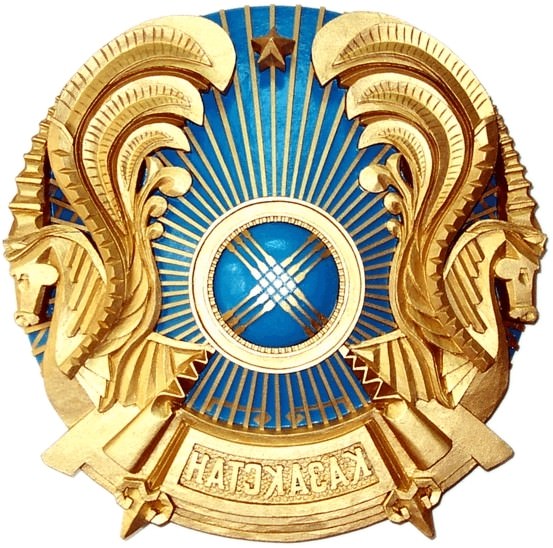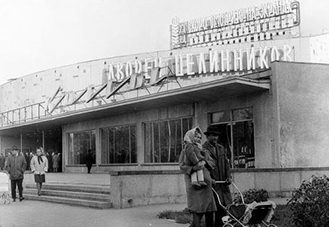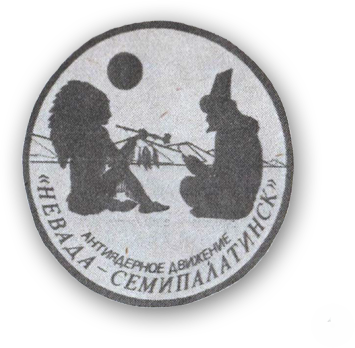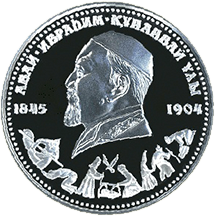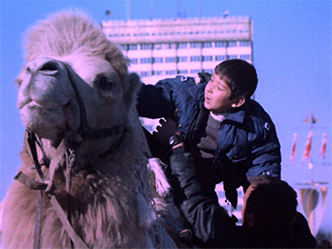A fabulous southern city of Almaty with a population of approximately 1 134 000 people was the capital of the nation in 1991.
Meanwhile, cold northern soon-to-be capital Tselinograd had a population of almost 300 000 people.
In the end of the 20th century, many thought that it was virtually impossible to build a brand new modern city on the site of the soon-to-be capital in the heart of severe steppes that were barely habitable before the Virgin Lands Campaign. Yet the exact same place back in the 16th century was boiling: caravan routes between Siberia and Central Asia had been crossing the modern territory of Astana.
Archaeologists have discovered a medieval settlement of Bozok 5 km away from Astana in 1998. Bozok was one of the important sacred religious sites in Kipchak Khanate. According to records, 1830 was the year of establishment of the military fort of Akmola in the territory of modern Astana in Karaotkel. Cossack village Akmolinsk got its city charter in May 1862.
The city’s convenient geographical location made it well-known already by 1863. Trading crossroads linking China, Russia and Central Asia have enabled establishing Akmolinsk as an important trade hub in Kazakhstan and Southern Siberia as a whole. Trade contributed to population growth in the area.
Virgin Lands Campaign has become an important stage of the city development. In 1953, volunteers from all over the USSR started to rally up in Northern Kazakhstan. 270 thousand people arrived in Akmolinsk region just between 1953 and 1958.
In 1960, Akmolinsk had a population of about 100 thousand people; the city has become the centre of Virgin Lands, which included all the northern regions of Kazakhstan. Akmolinsk became Tselinograd (literally, the City of Virgin Lands) in 1961.

